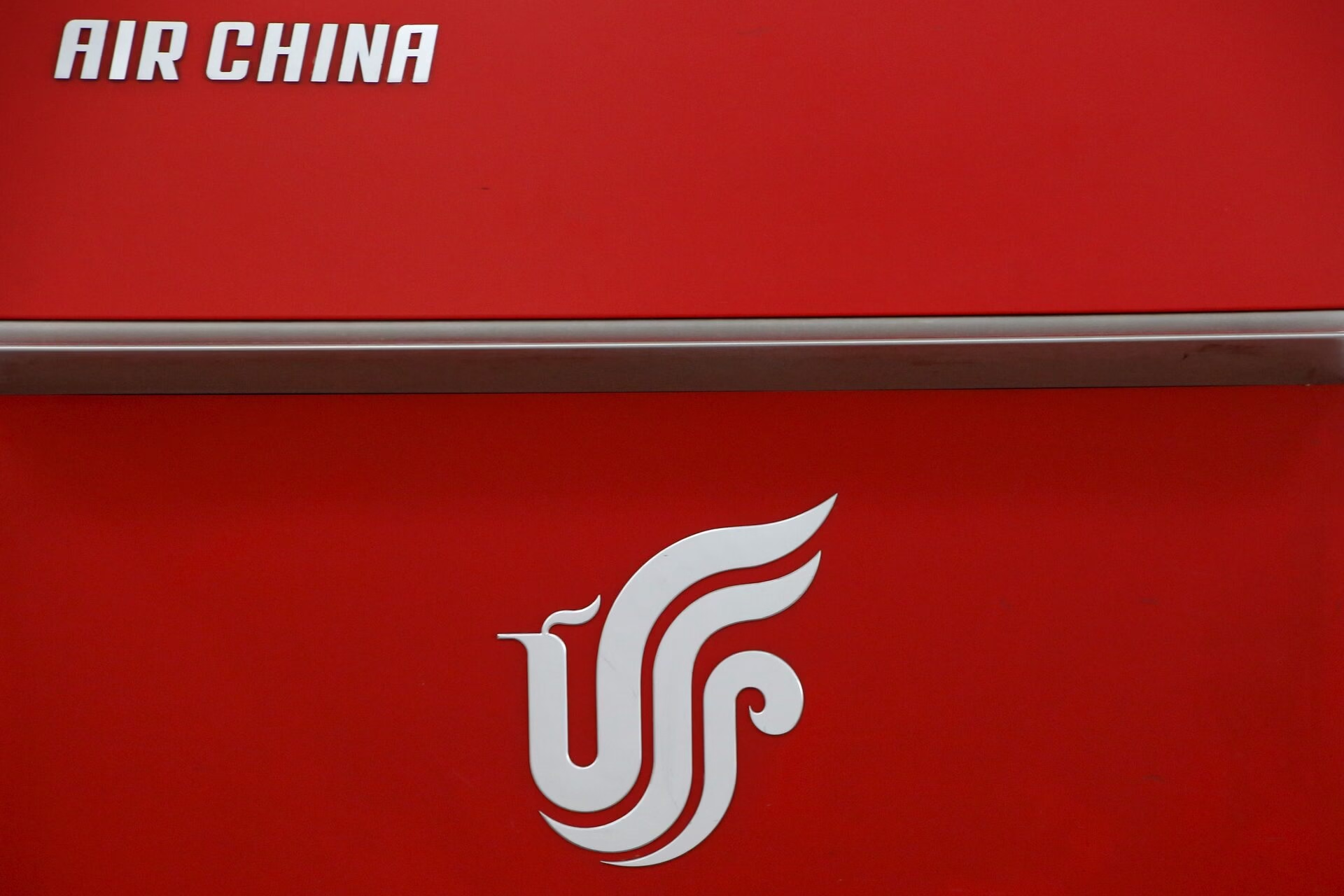The aviation industry in Asia has been going through major changes in recent years, and Chinese airlines are finding themselves at a difficult crossroads. Despite a surge in travel demand to South Korea following visa relaxations, analysts warn that weak margins, oversupplied routes, and lingering financial challenges could weigh heavily on the country’s major carriers.
Rising Travel Demand to South Korea
South Korea has quickly emerged as one of the most popular destinations for Chinese travelers. Data from Trip.com Group shows that Shanghai, Beijing, Hangzhou, and Shenzhen are among the top ten source markets in mainland China for South Korean travel. The proximity between the two countries makes travel quick and relatively inexpensive, attracting both leisure and business travelers.
However, this surge in demand has not translated into better profitability for Chinese airlines. Aviation analysts highlight that routes between China and South Korea are already oversupplied, which pushes fares down and limits the ability of carriers to improve margins.
Oversupply of Routes and Low Fares
According to U.S.-based aviation analyst Li Hanming, the short distance between China and South Korea makes it easy for multiple carriers to compete on the same routes. This has led to a crowded market where ticket prices remain low. For many passengers, particularly in lower-tier Chinese cities, price sensitivity plays a critical role in choosing airlines.
While group tours are still an important segment, particularly outside top-tier cities, the overall pricing environment remains unfavorable for Chinese airlines. Travelers in larger cities, who already hold long-term visas, are less dependent on package tours and often look for cheaper direct flights.
Investor Concerns Over Weak Margins
The financial struggles of Chinese airlines go beyond oversupplied routes. The ongoing trade tensions between the United States and China have already placed pressure on the aviation sector. Weak profit margins now deepen investor concerns, especially when looking at the financial health of the country’s three largest carriers — Air China, China Southern Airlines, and China Eastern Airlines.

Industry experts do not expect these challenges to ease in the near future. Li Hanming predicts that the financial environment will remain tough for Chinese carriers throughout the second half of the year, making it difficult for them to regain stability.
The Short-Lived Impact of Visa-Free Travel
South Korea’s decision to grant visa-free entry to Chinese travelers initially generated optimism within the travel sector. However, analysts caution that the spike in demand may be temporary.
Su Shu, founder of Chengdu-based Moment Travel, compared the situation to Singapore, which also introduced visa-free travel for Chinese passport holders. She noted that the initial surge in bookings was followed by a quick decline, suggesting that the long-term impact may be limited.
South Korea’s appeal, according to Su, is largely based on affordability and proximity rather than long-term tourism interest. Repeat visits remain low, and this limits the sustainability of demand growth for Chinese airlines operating on these routes.
The Broader Financial Landscape
The financial strain on Chinese airlines is compounded by rising operational costs, including fuel prices and labor expenses. Global inflationary trends continue to pressure airlines worldwide, but Chinese carriers are particularly vulnerable given the tight margins on short-haul flights to nearby destinations like South Korea.
At the same time, competition from low-cost carriers in both China and South Korea further intensifies the challenge. Budget airlines often undercut traditional carriers on price, making it harder for full-service Chinese airlines to compete profitably.
While travel demand from China to South Korea is expected to remain steady, the financial outlook for Chinese airlines continues to raise concerns. Unless carriers find ways to optimize costs, diversify routes, or attract higher-spending passengers, the oversupply of seats and low fares will continue to weigh heavily on profitability.
The second half of the year may bring some recovery in international travel, but analysts agree that Chinese carriers will still face significant hurdles before achieving financial stability. Investors and industry watchers are keeping a close eye on how these airlines adapt to market conditions, particularly in balancing demand growth with sustainable revenue strategies.
The growing interest of Chinese travelers in South Korea highlights the potential for regional tourism. However, for Chinese airlines, the challenge lies in turning that demand into profit. With oversupply, low fares, and economic pressures creating a difficult operating environment, the next few months will be crucial in determining whether China’s leading carriers can weather the storm or face prolonged financial difficulties.



